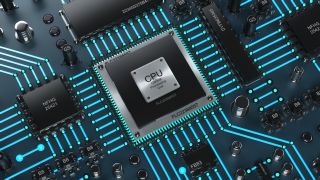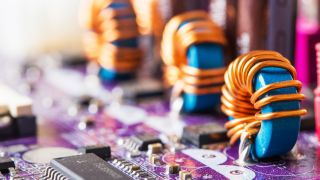Контрольно-измерительные решения для разработчиков электронных схем
В основе развития современного мира лежат, с одной стороны, новейшие промышленные и экономические технологии и тренды, такие как Интернет вещей, Индустрия 4.0 и «зеленая» энергетика, а с другой стороны — фундаментальные изменения образа жизни людей: электронное здравоохранение, электромобили, умные дома, умные города и социальные сети. Эти тенденции создают серьезный спрос на электронные устройства нового поколения, соответствующие высоким требованиям по износостойкости, мобильности, обеспечению связи, производительности, энергоэффективности, надежности и поддержания максимальной скорости передачи данных.
Инженеры-электронщики сталкиваются со все более сложными задачами проектирования и разработки архитектур встроенных плат. Наши комплексные усовершенствованные контрольно-измерительные решения включают в себя классическое лабораторное оборудование и портативные инструменты и помогают решать различные задачи в следующих областях:
- Разработка и испытания аналоговых и цифровых схем
- Стандарты цифровых интерфейсов и шин
- Силовая электроника
- Кабельное ТВ / стандарты DOCSIS













